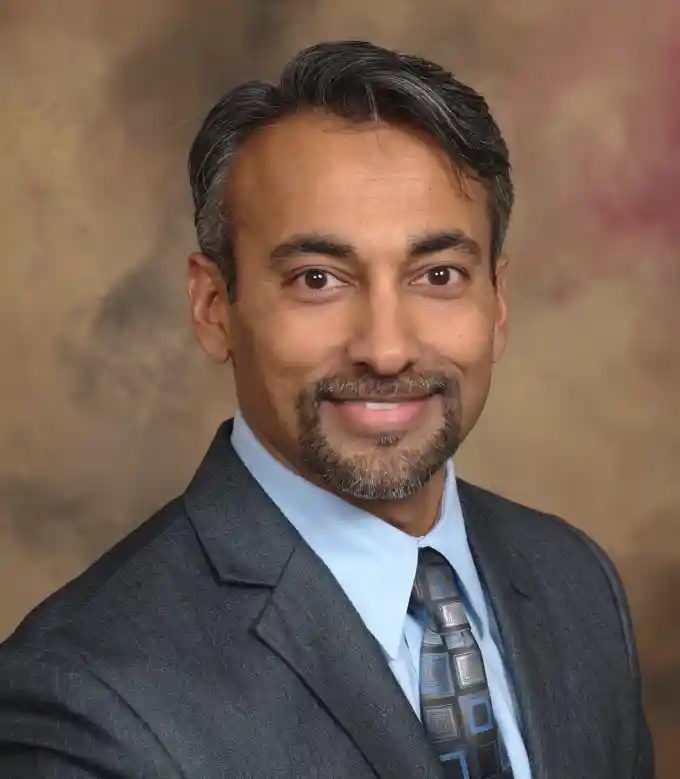Every October, National University of Health Sciences and others across the country celebrate Chiropractic Health Month. The annual observance is meant to raise public awareness of the benefits of chiropractic care and its natural, whole-person, patient-centered and drug-free approach to health and wellness.
National University of Health Sciences spoke with Vijay Patel, DC, CCSP, ‘98, owner of Advanced Physical Medicine & Therapy, Ltd. in Mount Prospect, Fundraising Chairman for the Chiropractic Future Strategic Plan and Board Member of the Illinois Chiropractic Society. In this Q&A, Dr. Patel shares his practice’s unique approach to this year’s theme: Relieve, Restore, Resume.
How did you get interested in chiropractic medicine?
I was a cross-country runner in high school and was suffering from shin splints. After trying several failed traditional routes, I was helped by my mom’s chiropractor.
What kind of patients do you typically see at your practice?
I see a wide range of patients from pediatric to seniors. They all have the same goal to achieve and maintain optimal health through a better understanding of their diagnosis and preventative measures. Most of my patients want to be able to move or participate in an activity that they love and not be sidelined by pain.

Vijay Patel, DC, CCSP, ‘98, owner of Advanced Physical Medicine & Therapy, Ltd. in Mount Prospect, Fundraising Chairman for the Chiropractic Future Strategic Plan and Board Member of the Illinois Chiropractic Society.
How do you use chiropractic medicine to relieve pain, including chronic pain?
I listen to them and reiterate what they have conveyed to me so that they know I understand. This process alone may help to ease patients’ chronic pain. When necessary, I help them understand that pain is not their problem, but instead just a symptom of their problem. Following a detailed exam, I review their diagnosis and give them a detailed report that includes a simple explanation of the diagnosis and then the care plan, how long it typically takes, and what it costs, which helps to reduce any anxiety.
What are some of the common injuries that you often see at your practice?
Rotator cuff tears, lumbar and cervical pain, radiculopathy, lateral epicondylalgia, cervicogenic headache, carpal tunnel syndrome, pronator teres syndrome.
What is your overall approach to treating those injuries?
Conservative care for 2-4 weeks, anti-inflammatory diet, if warranted, bracing or taping, home exercise program, activity modification, and at-home ice or heat therapy.
How are chiropractic physicians able to get their patients back to their normal activities (work, sports games, etc.) sooner?
Chiropractic physicians have a unique ability to accurately diagnose musculoskeletal conditions, therefore we are better equipped to recommend the best conservative care for the most expeditious favorable outcome.
What makes chiropractic medicine stand out amongst other healthcare providers that treat athletes?
We provide athletes with what I believe they are seeking, which is a true long-term solution to what ails them and not a band-aid or drug that just squelches their symptoms.
What are some preventative care measures that you offer to your patients?
At my practice, preventative care, or maintenance care, can involve regular adjustments that help keep the body aligned and functioning properly.
I didn’t offer maintenance care until I had a patient insist. I initially treated this patient for an acute lumbar facet episode and discharged him when he fully recovered. Several years later, he returned after two failed back surgeries. He said he wished he had just returned to my office for a conservative trial, which may have helped him avoid the two failed surgeries. I have since had much success providing him with regular care. My happiest and healthiest patients are maintenance care patients.




0 Comments